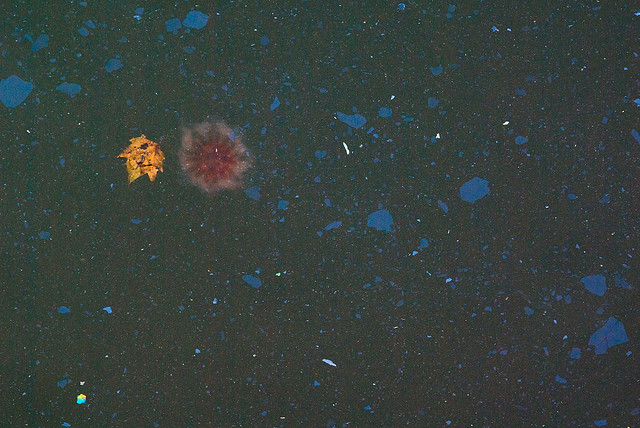The notoriously polluted Brooklyn waterway had it bad from the start, but technology might be the best step forward.
The original planners of the canal somehow thought that the natural tides from Upper New York Bay would flush out the Gowanus Canal. They did not, at all, so the water in the Gowanus did not move. Without movement, there was no oxygen, so life began to die out. Locals nicknamed it “Lavender Lake,” a name taken, cheekily, by a large outdoor bar that opened last year in the modern Gowanus neighborhood.
If you have ever heard someone joke about how polluted the Gowanus Canal is and thought to yourself, “Well, is it really that bad?” The answer is no. It’s worse.
The trouble is that it is hard to sort out just how bad, because it’s actually bad in all kinds of different ways in different parts. That’s what one reporter discovered when he set out to find out what would happen if he drank a glass of water from the waterway, in Popular Science.
The piece illustrates one business that could use a disruption from the tech community: pollution testing. It points out that assessing pollutants and pathogen levels is prohibitively expensive. In part because now you have to check for dangerous contaminants one by one.
Here’s a few other quotes from the piece that really hit home for us:
- “It proved enormously difficult to figure out what’s in the Gowanus and its effect on the community. The EPA doesn’t know. “
- “The lack of oxygen would make it difficult for any sizeable worm or other parasite to survive in the Gowanus proper. So, um, that’s one silver lining, I suppose.”
- “Arsenic is a poison, plain and simple, and the dissolved concentration of arsenic in the Gowanus reaches nearly 60 times the human health screening value, which is the point at which exposure becomes unsafe.”
The full piece is extensive and detailed. It’s sort of like reading the backgrounder for a horror movie. Or, if you live in the neighborhood, like reading a horror movie. It also goes a bit into the expected outcomes of the Superfund cleanup, Bloomberg‘s dunderheaded opposition to same and the fact that some businesses are still dumping pollution in there.
Join the conversation!
Find news, events, jobs and people who share your interests on Technical.ly's open community Slack
